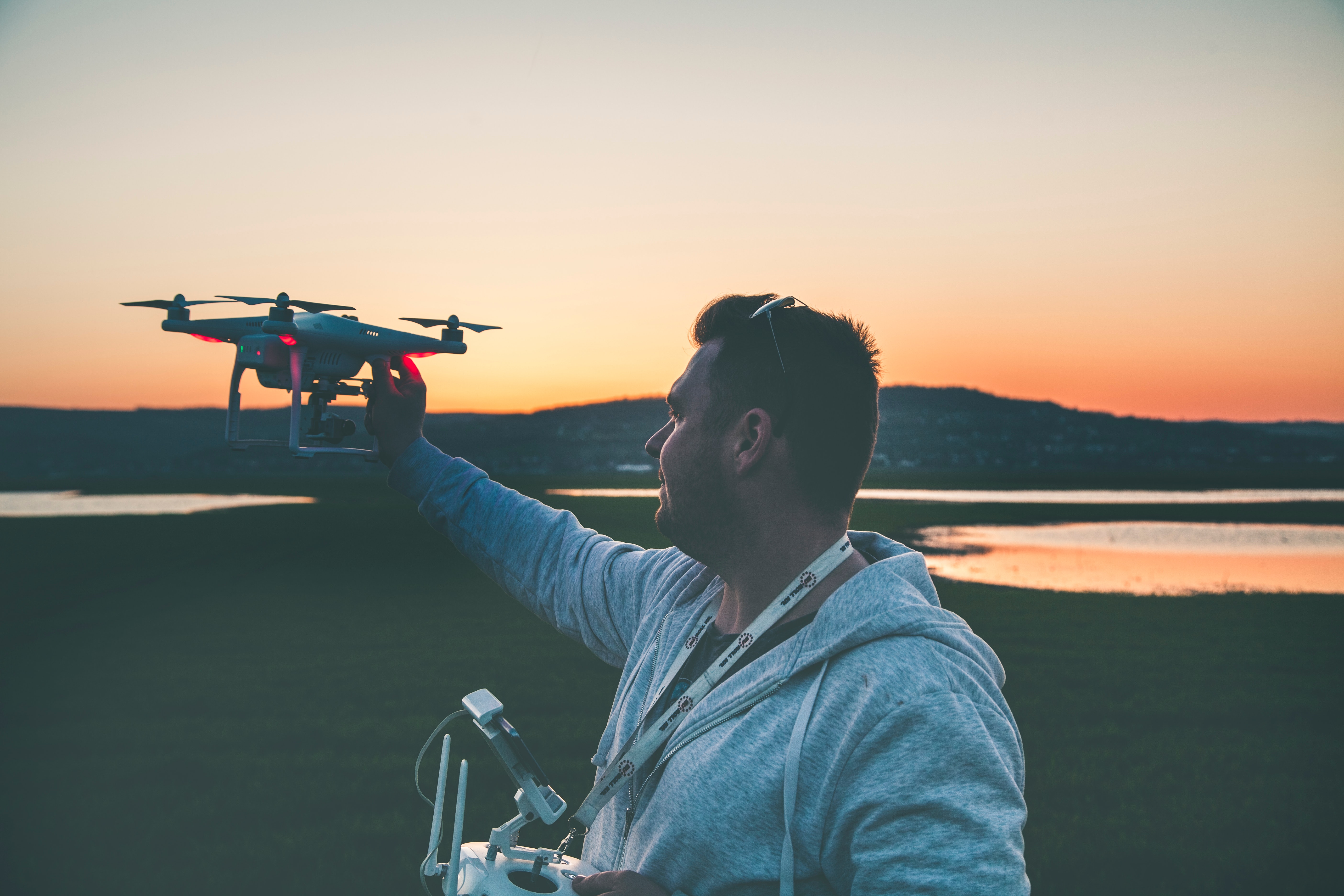
Prompted by the need to increase safety of national airspace, Section 336 was recently repealed by the US House of representatives. 398 voted for passage of bill whereas 23 did not. Understandably this caused quite a stir among hobby pilots and industry bodies. There is a certain section of the drone society (like AMA) which are absolutely opposed to this. Whereas, the Commercial Drone Alliance is one of the most vocal supporters. So, is the removal of Section 336 a progressive move or a stifling maneuver meant to restrict drone pilots? Before jumping to any premature conclusions, let us dive into the fine print in order to truly understand what this Bill means for hobbyists and the larger drone industry.
Did Section 336 Lead to a Rise in Safety Concerns?
Section 336 required hobby pilots to follow a set of community based guidelines. The AMA, which is vehemently opposed to its revoke was largely instrumental in carving out the details of the rule back in 2008. While there is no denying that Section 336 led to a huge rise in hobby flying, lenient (or maybe over lenient) guidelines meant there was a rise in safety concerns with increasing drone penetration. A large number of untrained drone operators took to the skies – with some flying for commercial purposes under the guise of Section 336.
Will Hobby Pilots Now Require a Part 107 Certification?
AMA, in an email sent out earlier this year suggested that under the new section 344, hobby pilots will be required to take their Part 107 certification. This is totally incorrect. Let us look at this excerpt from Section 344 –
“Maintaining Broad Access to UAS Technology.–When issuing rules or regulations for the operation of UAS under this section, the Administrator shall NOT—
(1) require the pilot or operator of the UAS to obtain or hold an airman certificate;
(2) require a practical flight examination, medical examination, or the completion of a flight training program;
(3) limit such UAS operations to pre-designated fixed locations or uncontrolled airspace; or
(4) require airworthiness certification of any UAS operated pursuant to this section.”
However, what hobby pilots will require is a completion of an online tutorial.
“b) Regulatory Authority.–When issuing the rules and regulation pursuant to this section, the Administrator shall–
(1) require the completion of an online or electronic educational tutorial that is focused on knowledge of the primary rules necessary for the safe operation of such UAS and whose completion time is of reasonable length and limited duration;”
Should the AMA Rethink Their Strong Objection to Section 336?
If anything, the AMA should welcome this bill with open arms. As an integral part of the drone industry, AMA is understandably worried that this new Bill will make it more difficult for pilots to pursue a hobby that they enjoy so much. However, the Bill clearly states that the FAA will be collaborating with CBO’s as they implement this new Bill. Check out this excerpt –
“(d) Collaboration.–The Administrator shall carry out this section in collaboration with industry and community-based organizations.”
So, if the AMA is worried about becoming less relevant as an industry body, the new section 344 might, in fact, do the opposite – and give the AMA a greater voice.
Will Hobbyists Need Authorization for Flying in Controlled Airspace?
Another aspect of Section 344 is the need to obtain authorization if a hobbyist wishes to fly in Class B, C, D and E airspace. Check out this excerpt –
“(3) require UAS operators within Class B, C, D and E airspace to obtain authorization, as the Administrator may determine to be necessary within that airspace, but only after the Federal Aviation Administration has developed and implemented an automated airspace authorization system for the airspace in which the operator wants to operate; and
(4) include provisions that provide specific operational rules for UAS operating in close proximity to airports in class G airspace.”
So, the FAA will have to develop an airspace authorization system (like LAANC) to grant approvals to hobbyists. Or, hobby pilots might be even asked to use LAANC till a new system is developed – which is not a bad thing at all.
Summary
We strongly feel that this decision to replace Section 336 with Section 344 is progressive for the drone industry. For hobbyists who are worried about a rise in enforcements, we strongly suggest you check out our previous show, “How Many FAA Enforcement Actions Have Been Taken Against Illegal Drone Operators? ” Clearly FAA believes in going after the outliers – folks with a blatant disregard for the law. Section 344 will give the FAA reason and means to train hobbyists. Now that this Bill has been passed in the US House of Representatives, it still needs to be passed by the Senate in order to become a Law.
Naysayers need to adopt a non-passionate and logical mindset before out rightly rejecting a progressive and much needed proposal.
Follow our Medium Account for commentary on the latest happenings in the drone industry.
Do not forget to subscribe and Listen to Ask Drone U, the #1 drone podcast
Connect with a vibrant drone community by becoming a Drone U member








Add Your Comment